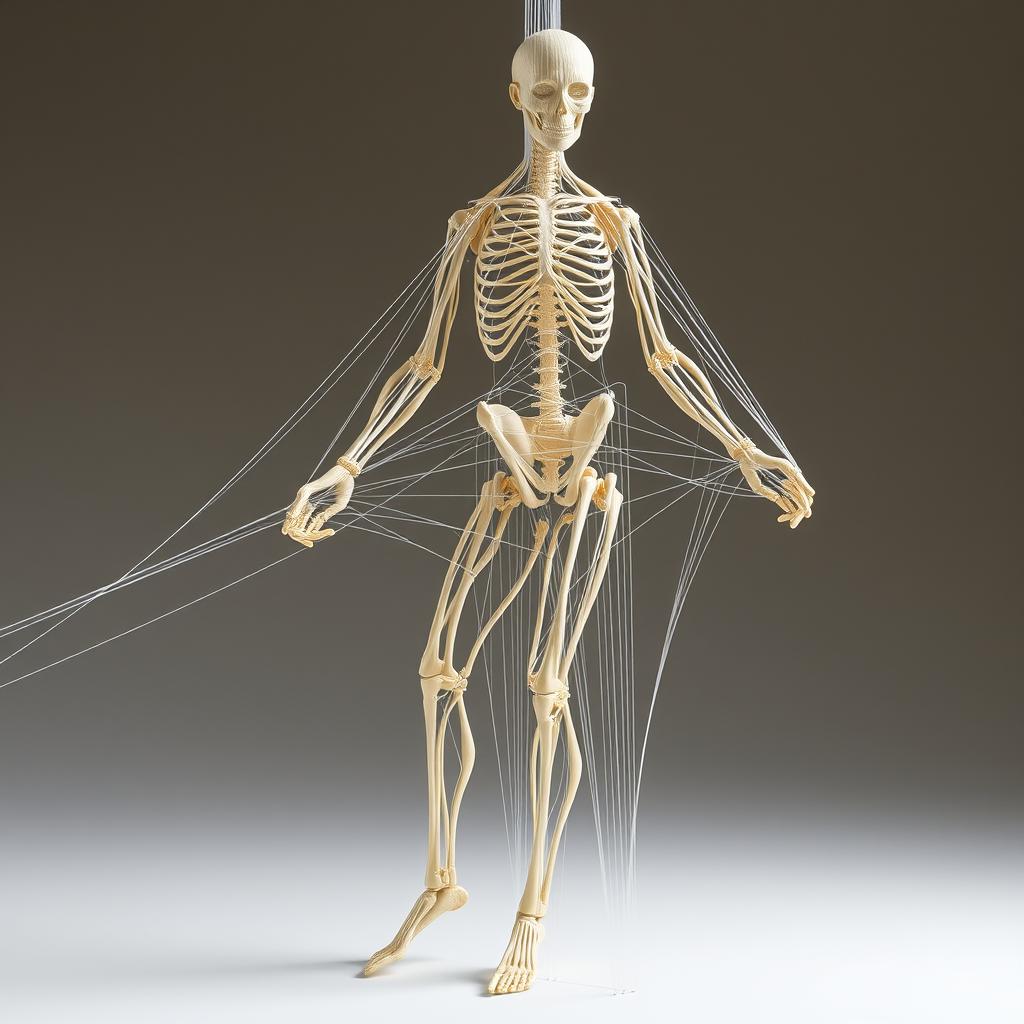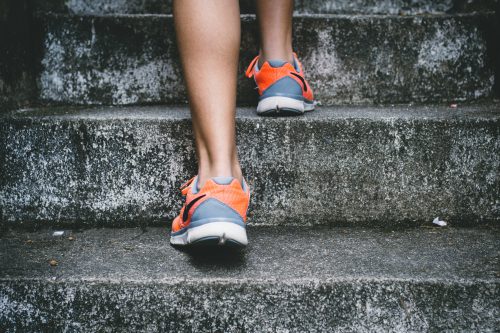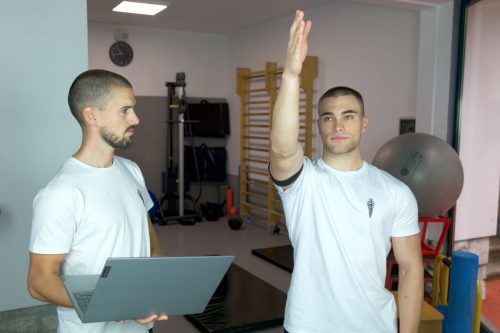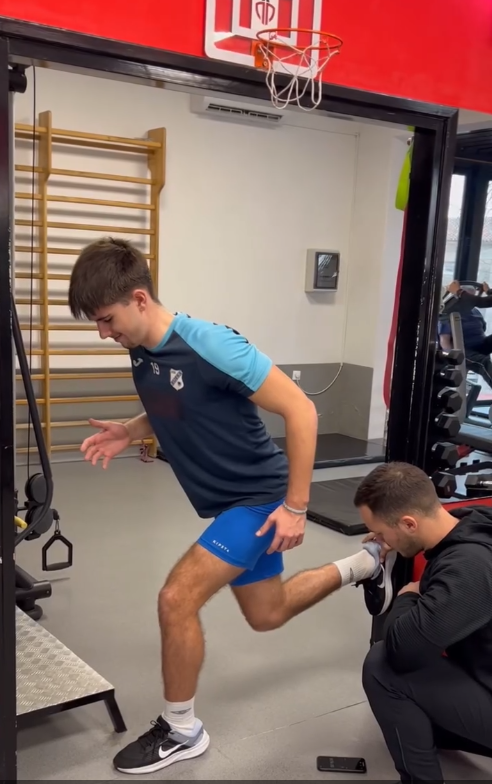One of my friends, an active athlete and unfortunately, a frequent patient of mine, has often loudly commented on the fact that during therapies, I show no interest in the exact spot where he feels pain, tightness, or another issue for which he sought help.
Description
The therapy I apply to the part of his body that neither hurts nor causes problems – often results in a reduction or disappearance of pain at the very spot that brought him in. This has become the subject of many jokes at my expense when friends gather and recount past events.
In this era of rapid medical advancement, it is difficult to understand that we still don’t have a precise picture of how the musculoskeletal system functions. There is much knowledge and understanding in the domains of the neurological system, muscles, joints, ligaments, biology, and physiology. However, how all its components work together as a whole remains a topic of active debate. Every patient who has been unsuccessfully treated experiences this debate firsthand.
There are models that help us navigate the clinical environment, meaning in situations where a patient seeks help. Each of these models has its field of application, usefulness, but also shortcomings that prevent any one model from being universally applicable in all circumstances. In our facility, we apply almost all available models, hoping that by using different perspectives, we can better help patients who come to us with a wide range of painful conditions. However, even then, situations where we are unable to accurately diagnose or effectively treat a specific problem are not uncommon. This has led us to develop a different view, a new perspective on the development of cumulative mechanical damage to the locomotor system (almost all diseases of the musculoskeletal system, except trauma and inflammatory diseases), which we have called the “TENSION MODEL“.
The basic premise of this model is that all components of the locomotor system aim to maintain optimal tension in every part of the body as well as the entire system to enable smooth movement. A disturbance in tension in one part will be reflected as pain in another part of the system. Perhaps the simplest way to demonstrate the entire idea is through an example.
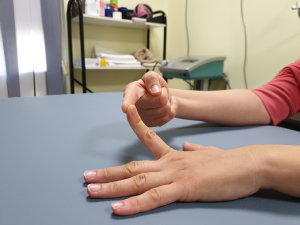
Place your palm on the table, as shown in the picture. With the index finger of your other hand, lift the index finger of the hand resting on the table until you feel tightness. Where do you feel the tightness? Surely not at the point where your two index fingers are in contact. Depending on a range of individual factors, this tightness, and sometimes even pain, can be located anywhere on the finger or palm, but not at the point of finger contact. Yet, the contact point is the cause of your sensation of tightness. So, the cause of the tension and the location of the tension are not the same. Similarly, a tension disturbance in one part of the body can cause pain in another. While this is easy to understand in the case of the finger, it’s a bit harder to grasp that a movement restriction in the right hip could be the cause of pain in the left shoulder.
You can find more about the tension model on these pages. Details about its use in diagnosing and treating disorders of the locomotor system are part of every article covering painful conditions and injuries that we treat in our facility.
The tension model itself is still in the development phase, and like any good model, it will continue to evolve in the future.
For any additional questions, feel free to contact us via email, phone, or social media.

